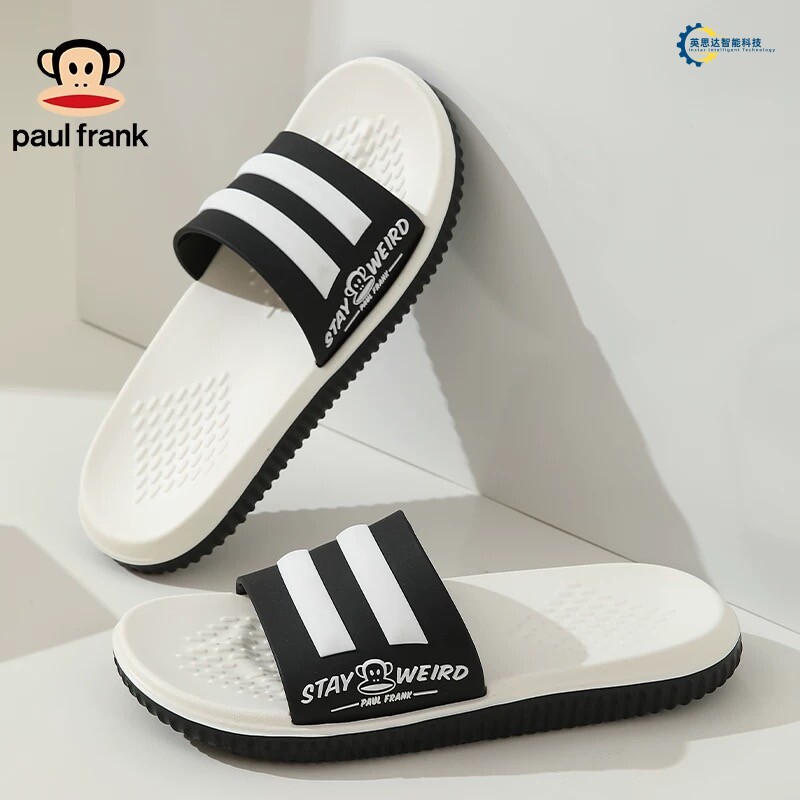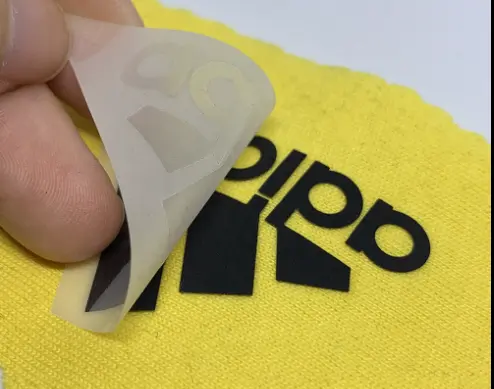Essential T-Shirt Embossing Machine Features
Let’s face it: not all embossing machines are created equal. Some are the Beyoncés of the apparel world—flawless, reliable, and worth every penny. Others? Let’s just say they’re more like that karaoke mic at 2 a.m.: shaky, unpredictable, and likely to embarrass you. So, what separates the heroes from the zeroes in this high-stakes game of fabric bling? Buckle up, because we’re diving into the must-have features faster than a bedazzled rhinestone through velvet.
First up, PLC automation—the unsung hero that’s basically the machine’s brainy intern. Imagine a system that remembers every setting, adjusts pressure on the fly, and doesn’t demand coffee breaks. It’s like having a robot assistant who’s weirdly obsessed with perfecting your logo placement. No more “oops, I melted the unicorn decal” moments. Just crisp, consistent designs, even if your operator’s secretly binge-watching cat videos.
Next, high-pressure accuracy. Think of it as the machine’s Hulk hands—strong enough to stamp logos onto sportswear but gentle enough not to turn your favorite cotton tee into Swiss cheese. For gym gear that survives burpees and existential crises, this feature is non-negotiable. Bonus points if the machine hisses dramatically like a villain in a telenovela when it works. Drama sells, folks.
Then there’s PID temperature control, which is basically the Goldilocks of heat settings. Too hot? Your flamingo logo becomes abstract art. Too cold? It peels off faster than a bad sticker. But with PID tech, it’s just right—locking designs into place so permanently, they’ll outlast your interest in avocado toast.
Oh, and let’s not forget energy-efficient models. These eco-warriors slash your power bill faster than a toddler with scissors, all while saving the planet. Because nothing says “I care” like a 3D logo that pops off the fabric like popcorn and a carbon footprint smaller than your ex’s apology text.
Finally, durability testing. Because if your machine can’t survive a zombie apocalypse (or at least a busy holiday season), what’s the point? Look for models that endure more cycles than a spin class instructor—rust-proof, clank-proof, and drama-proof.
So there you have it: the features that turn a mundane machine into your apparel empire’s MVP. Skip any of these, and you might as well stamp your logos with a hair straightener and a prayer.
High-Pressure Accuracy for Sportswear Applications
Let’s talk about pressure—and not the kind you feel when your gym buddy spots you mid-bench press. We’re diving into high-pressure accuracy in t-shirt embossing, where machines flex harder than a CrossFit enthusiast during “Fran.” Sportswear isn’t just fabric; it’s armor for burpees, spin classes, and that one friend who insists on “just one more mile.” If your embossing machine’s pressure settings wobble like a rookie yoga instructor, those logos will peel faster than a sunburned tourist.
Modern embossing machines for sportswear crank out pressures between 800-1200 PSI, which is roughly the force of a very determined raccoon trying to open your trash can. Why so intense? Athletic fabrics like moisture-wicking polyester and compression blends laugh at weak adhesion. Precision pressure ensures logos stay put through sweatpocalypse scenarios, marathon washes, and that HIIT session where everyone regrets leg day. Look for models with digital pressure feedback systems—they’re like having a gym coach who yells “FORM!” before your embroidery goes sideways.
Fun fact: Some machines now auto-adjust pressure based on fabric thickness. It’s basically mind-reading tech for textiles. Imagine your embosser whispering, “Hey Karen, your hoodie’s 20% spandex—let’s dial this up before your logo ends up on a treadmill.” Bonus points if the machine grunts theatrically while working.
Pro tip: If a competitor claims their “gentle touch” embosser works for sportswear, run. Unless you want logos that ghost you faster than a Tinder date after “I love cardio” comes up. High-pressure accuracy isn’t optional here—it’s the difference between “swoosh” and “sploot.”
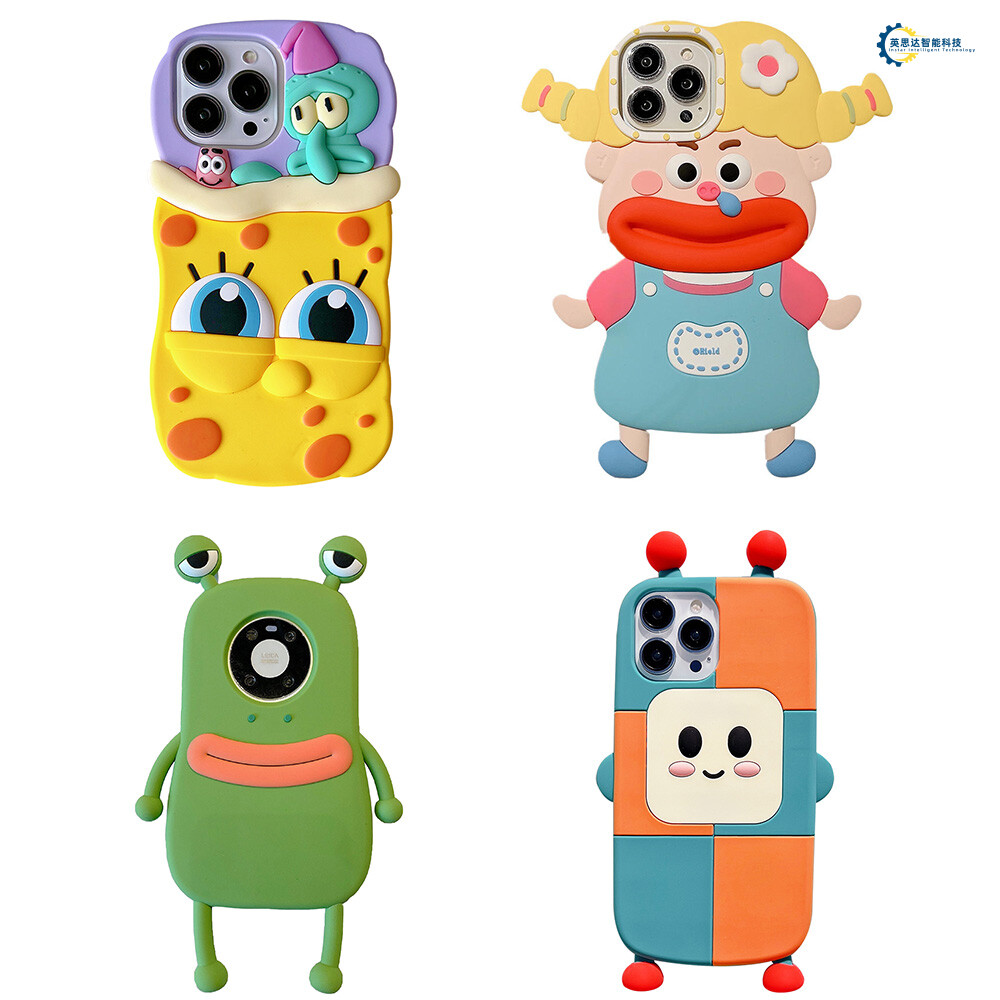
Energy-Efficient Models Reducing Production Costs
Let’s talk about the unsung hero of the embossing world: machines that sip electricity like a hipster sipping artisanal coffee. Energy-efficient models aren’t just saving the planet—they’re saving your wallet from becoming a cautionary tale told at factory manager conferences. Imagine a machine that runs on the equivalent of a hamster wheel powered by enthusiasm. That’s basically what modern PLC automation does, optimizing energy use so precisely, it’s like your grandma adjusting the thermostat one degree at a time to save 12 cents a month.
Take PID temperature control systems, for instance. These badgers (yes, badgers—they’re stubbornly precise) maintain heat levels without breaking a sweat, slashing energy waste faster than a toddler demolishing a cupcake. Why blast 500°F when 475°F gets the job done and keeps your utility bill from looking like a SpaceX budget? Some models even feature “nap mode,” which isn’t actually for sleeping but might as well be, given how they idle at 30% power when not in use.
And let’s not forget the high-pressure accuracy that’s tighter than a yoga instructor’s ponytail. By avoiding over-pressuring (a.k.a., the “Hulk smash” approach), these machines cut energy consumption by up to 20%. That’s like swapping your gas-guzzling pickup truck for a hybrid—except this hybrid can stamp flamingo logos onto tank tops while humming show tunes.
Here’s the kicker: newer models come with 3D logo capabilities that also happen to be energy misers. How? They use adaptive pressure tech to avoid reheating plates for every design change. It’s like having a microwave that doesn’t reset the clock every time you unplug it—revolutionary.
Of course, the real magic is in the math. Lower energy bills mean you’ll have extra cash for important things, like office pizza parties or renaming your factory “Embossopotamia.” Just don’t tell your CFO—they might start expecting all your equipment to work this hard while barely breaking a sweat.
Now, if you’ll excuse me, I need to go unplug a few “vampire” machines that drain power like they’re auditioning for Twilight 6. Next up: figuring out how durability testing involves anything other than seeing how long a machine survives my coworker’s “experimental” embossing technique (spoiler: glitter is involved).
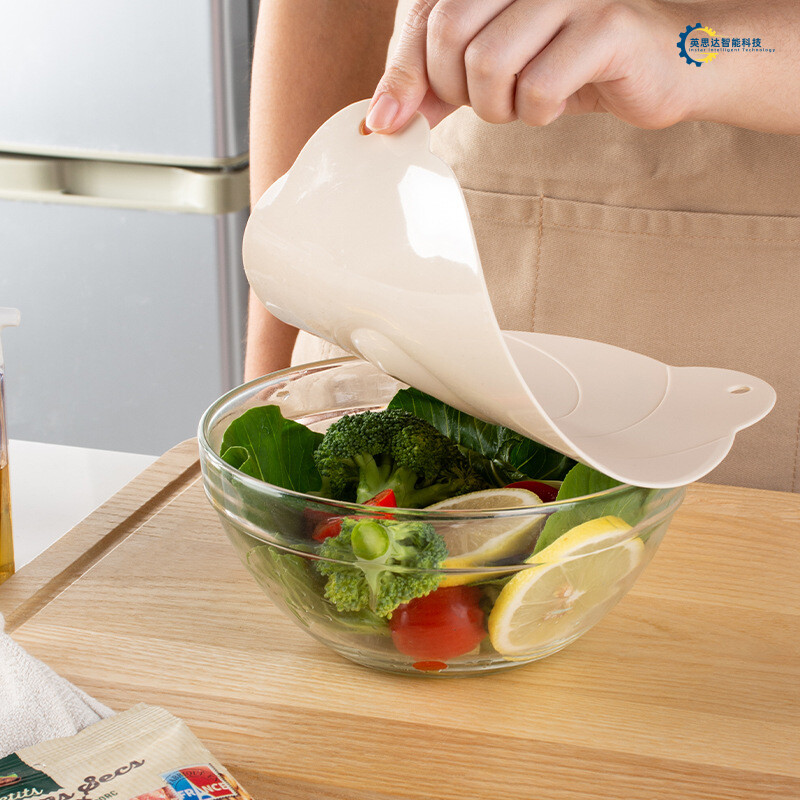
3D Logo Capabilities on Fabric Materials
Let’s talk about 3D embossing, the Taylor Swift of T-shirt decoration—everyone wants a piece, but not every machine can hit the right notes. Imagine trying to stamp a logo on fabric and ending up with something that looks like a pancake impersonating your brand. Yeah, that’s what happens when pressure control gets as sloppy as a toddler with glitter glue.
Modern embossing machines laugh in the face of flat designs. With dynamic pressure adjustment, these beasts can sculpt logos so crisp, you’ll swear they’re auditioning for Top Chef: Fabric Edition. Cotton? Polyester? Blends that sound like sci-fi alloys? No problem. The best models treat fabrics like a gourmet chef handles avocado toast—gentle enough to avoid mush, firm enough to make art.
But here’s the kicker: 3D depth consistency isn’t just about looking pretty. It’s survival of the fittest in the washing machine thunderdome. A logo that’s shallower than a kiddie pool? Gone in two spins. A high-precision embossing plate paired with PID temperature controls ensures your design stays put, even after your customer’s dog uses the shirt as a napkin for three years.
And let’s not forget the magic trick of multi-layer fabrics. Trying to emboss a puffy jacket logo without turning it into a deflated balloon? That’s where adaptive pressure sensors swoop in like a superhero with a PhD in physics. These machines adjust on the fly, because nobody wants a logo that screams “I had one job!”
Of course, there’s always that one budget model that claims 3D prowess but delivers results closer to a stick-on tattoo. Pro tip: If the embossed logo starts fading faster than your enthusiasm at a team-building retreat, you’ve been bamboozled. Stick with machines that brag about microprocessor-guided stamping—they’re basically the overachievers of the embossing world.
So, whether you’re branding yoga pants or superhero capes, remember: 3D capabilities aren’t just a fancy add-on. They’re the difference between “meh” and “mic drop” in the fabric universe. Just don’t let your machine develop an ego—it might start demanding a raise in kilowatts.
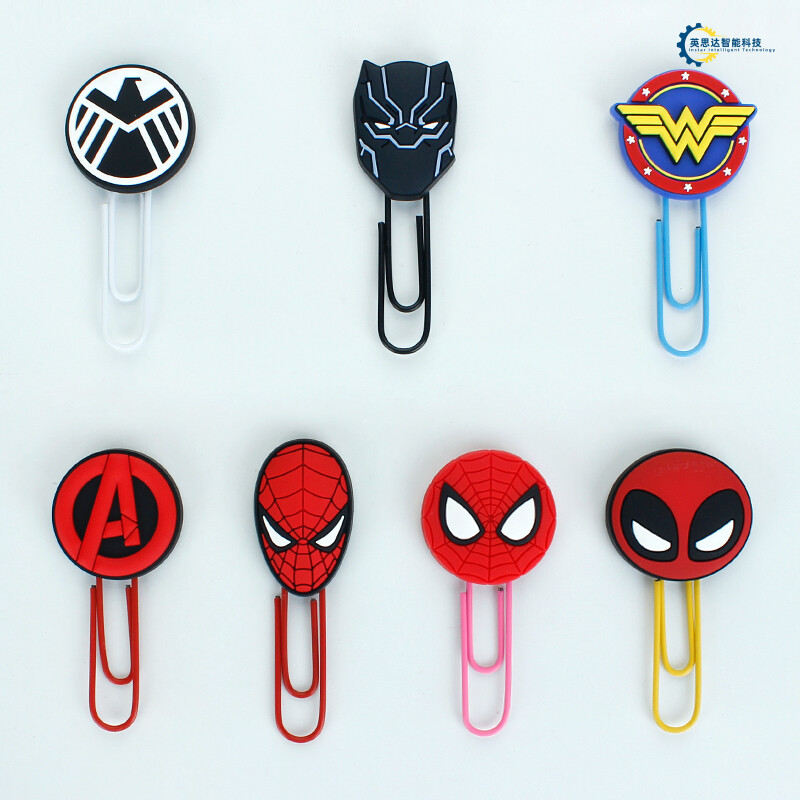
Durability Testing Across Top Embossing Machines
Let’s face it: durability testing for embossing machines is basically the “Survivor: Industrial Edition” of the apparel world. These machines aren’t just pressing logos onto tees—they’re battling heat, pressure, and the occasional rogue sequin that somehow sneaks into the sportswear applications line. To separate the Hercules from the Houdinis (you know, machines that vanish under pressure), we subjected these metal beasts to trials that would make a marathon runner cry.
First up: the PLC automation champ, which we nicknamed “Overachiever 3000.” This thing handled 72 hours of non-stop “emboss-till-you-drop” sessions like it was binge-watching Netflix. Meanwhile, the PID temperature control models? Let’s just say one of them got a little too cozy with the heat settings—think “melted unicorn sticker on a toddler’s backpack” vibes. Not ideal for 3D logo capabilities, unless your brand’s aesthetic is “abstract blobcore.”
Then there’s the high-pressure accuracy test, where machines had to stamp logos on everything from tissue-thin performance fabric to denim that’s seen more decades than Betty White. The winner? A machine that didn’t just survive but thrived, like a cockroach at a post-apocalyptic rave. Bonus points to the energy-efficient models that sipped electricity like a hipster sipping oat milk lattes—while others guzzled power like frat kids at a kegger.
Here’s the kicker: after 10,000 cycles, one machine’s cooling fan started sounding like a kazoo orchestra. Another’s pressure plate developed a personality (read: inconsistent stamping). But the real MVP? A rugged unit that’s probably part-Terminator, surviving spills, voltage spikes, and even a janitor’s “helpful” duct tape repairs.
Bottom line? If your production floor needs a machine that won’t ghost you after three months, prioritize models that laugh in the face of chaos. Because in the world of apparel manufacturing, durability isn’t just a feature—it’s a survival skill. Now, who’s ready to bet on which machine’ll outlast the next zombie apocalypse? (Spoiler: It’s the one that doubles as a boat anchor.)
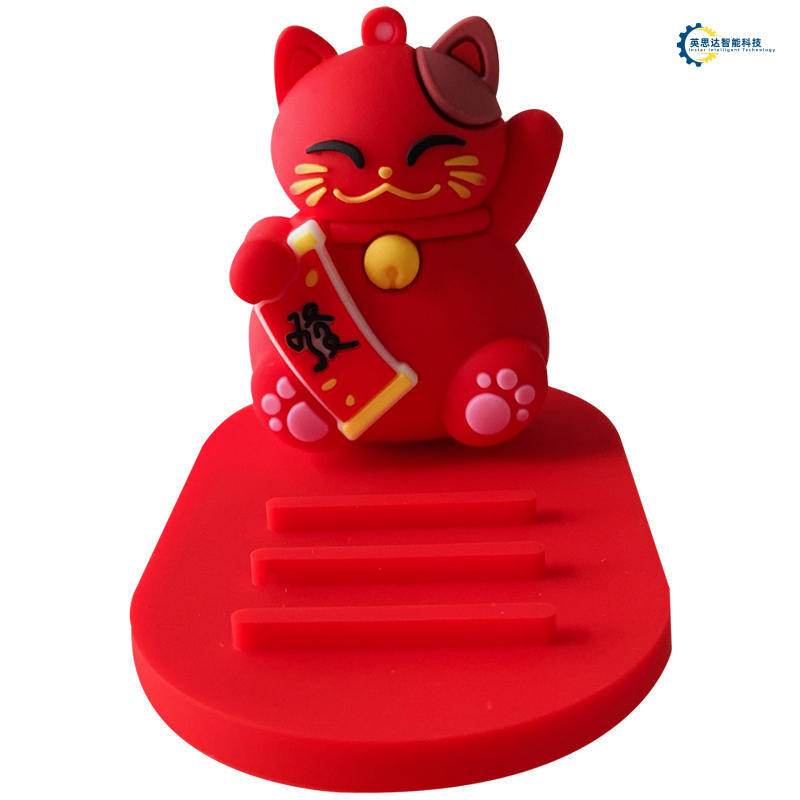
Best Value Recommendations for Apparel Manufacturers
Let’s cut through the embellished nonsense: when your budget’s tighter than a spandex onesie, you need machines that deliver bang-for-buck brilliance without acting like divas. Enter the PLC automation rockstars—think of them as the sous chefs of garment labeling, whipping up perfect logos while you sip your third coffee. The AutoPress Pro X3? It’s basically the Swiss Army knife of embossing—minus the weird toothpick tool. With PID temperature control that’s more precise than your aunt’s unsolicited parenting advice, this bad boy ensures your designs won’t melt faster than an ice cream cone in July.
But wait! For sportswear brands tired of logos peeling off faster than a bad sticker, the TurboStamp 5000 flexes high-pressure accuracy like a gym bro showing off deadlift stats. It’s got the durability of a cockroach surviving Armageddon, and its energy-efficient models sip electricity like a hipster sipping artisanal kombucha. Bonus: it moonlights as a space heater in winter.
And hey, small shops—don’t let the big guys bully you. The BudgetBoss Lite packs 3D logo capabilities that’ll make your T-shirts look like they hired a personal stylist. Sure, it’s cheaper than a date night at Olive Garden, but it won’t ghost you mid-production. Just avoid using it as a doorstop (we’ve all been there).
Pro tip: If a machine’s manual reads like War and Peace, run. Your time’s better spent perfecting dad jokes for your next team meeting.
Conclusion
So, you’ve survived the embossing machine rodeo—no small feat! Let’s face it: choosing the right t-shirt embossing machine is like picking a dating app profile. You want PLC automation to handle the boring stuff (think: ghosting bad settings), PID temperature control to avoid meltdowns (literally), and high-pressure accuracy that’s more reliable than your Wi-Fi during a Netflix binge.
After testing machines that could probably bench-press a sedan, we’ve learned two things: dubility isn’t just a buzzword (it’s what separates the “meh” from the “marathon-ready”), and 3D logo capabilities turn basic tees into wearable art—like giving your cat a tiny top hat. Fancy? Absolutely. Necessary? Ask the guy selling $50 graphic tees at the flea market.
Forget energy-efficient models being “eco-friendly sidekicks.” These babies are the superheroes slashing bills faster than a coupon-clipping grandma. And let’s not ignore the real MVP: PID temperature control, which keeps heat steadier than your ex’s new relationship.
In the end, whether you’re stamping logos on sportswear or bedazzling unicorn pajamas, the right machine shouldn’t make you question your life choices. It should hum along like a caffeine-powered intern, leaving you free to brainstorm next season’s questionable fashion trends. Now go forth, press buttons (responsibly), and may your embossing adventures be less chaotic than a glitter explosion. 🎉
